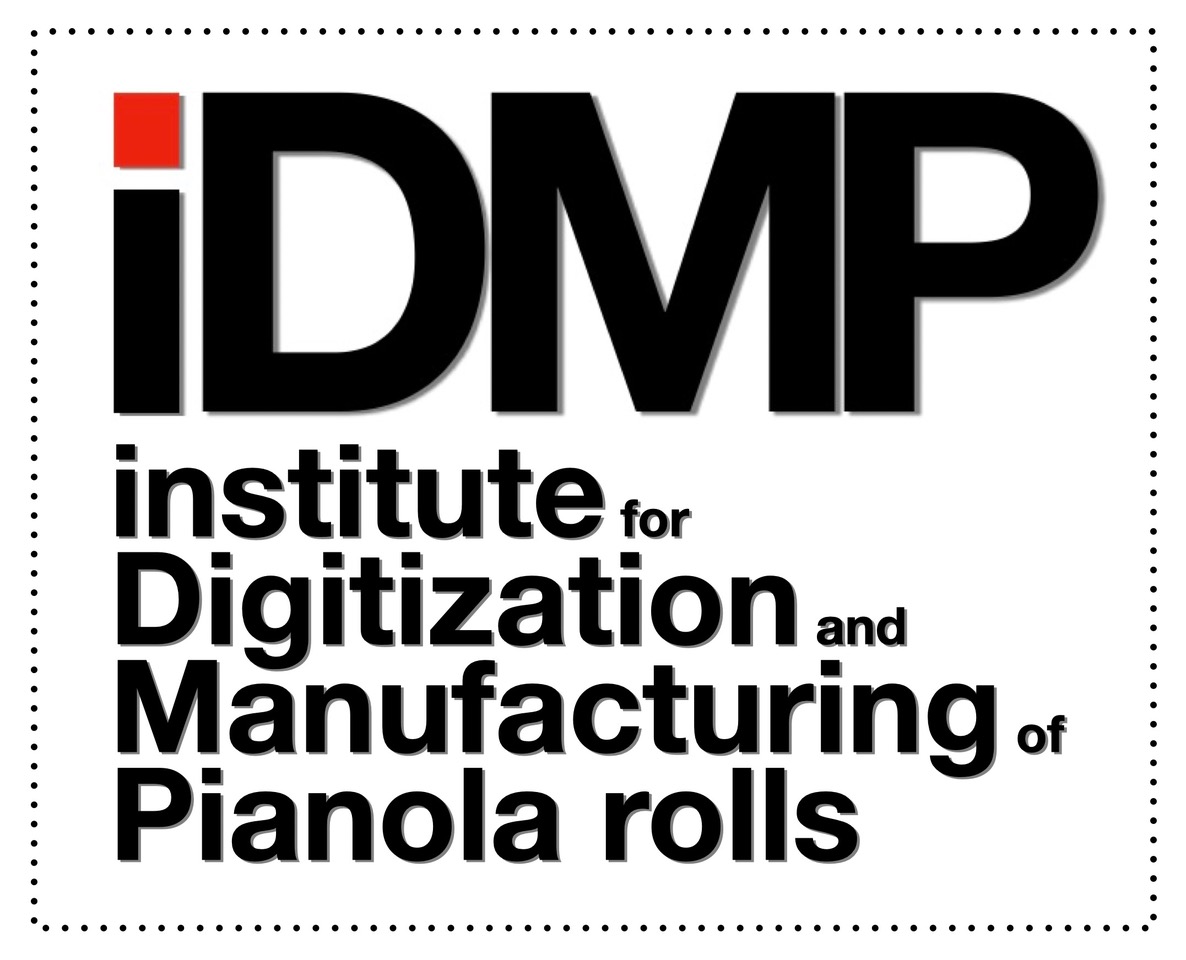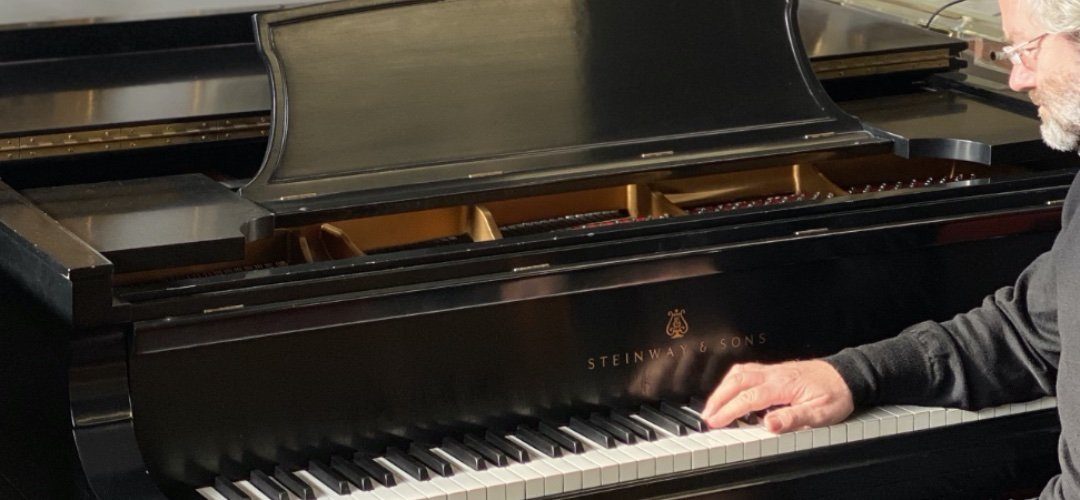The beautiful quote from Franz Liszt, "My piano is to me what a frigate is to a sailor, a horse to an Arab, and even more, my language, my life!", in one of his travel letters at the end of the 1830s shows the potential high emotional value of a piano. The same can apply to beloved family instruments or pianos that have grown close to the heart for other reasons
From our point of view, a piano has several values,
- the emotional value
- the musical value
- the historical value
- the economic value
- the ecological value
The musical value
We see the musical value in the beauty of an instrument's sound - this can be quite unique, both for new instruments and for aged instruments that have developed a unique character.
The historical value
The historical value refers to aspects of instrument making, the history of piano making and the owners. Old pianos in particular often bear witness to their construction and are therefore only available to a limited extent. If instruments belonged to important personalities, this is also of historical interest. However, museums and collections are overflowing with such instruments and only very few privately owned instruments still belong in this category.
The economic value
Together with other experts, the Bund Deutscher Klavierbauer has compiled a valuation table for the economic value of pianos. It is similar to the Schwacke list from the car trade.
Differentiated according to piano quality in the classes 'lowest' to 'highest' - whereby 'highest' probably includes brands such as Steinway & Sons etc., it is stated here that pianos completely lose their economic value after a few years, i.e,
- a piano in the lowest class after 15 years
- a mid-range piano after 35 years
- a top-of-the-range piano after 70 years
Of course, these are only guide values, as the state of preservation, model and market all have an influence here. A Steinway piano, regardless of the model, from 1950 - i.e. seventy years old according to the list in 2020 - will certainly not have a value of 0, but still a four- to five-digit euro amount.
The stated loss in value when new is between 30-40% for all quality classes! Similar to cars, the buyer of a new piano 'loses' about 1/3 of the purchase price in the first year.
Even after the periods shown in the table above, the residual value of a brand-name piano usually remains stable. Depending on supply and demand, however, this can no longer be realised. In our opinion, it still has its value.
If only the currently achievable sales price is regarded as value, the European and American piano market is currently developing in a very unfavourable direction in terms of the value development of older pianos. The simple reason: demand has been falling dramatically for years - at the same time, there are millions of used pianos on the market. Only in markets where demand is still rising or may rise, currently in Asia and Africa, does the situation look different.
Nach unserer Beobachtung sind selbst deutsche Markenpianos heute kaum mehr in Europa zu verkaufen – privat besteht kaum mehr Nachfrage – und damit haben auch die Klavierhändler kein Interesse mehr an weiteren Instrumenten – deren Lager sind i.d.R. übervoll. Diese Entwicklung wird sich fortsetzen. Die Verschenkanzeigen auch für Edel-Marken wie Ibach, Feurich und Blüthner nehmen deutlich zu. Eine weitere Verschärfung bringen die seit 19.01.2022 gültigen Regeln für Pianos mit Elfenbein auf den Tasten. Details dazu finden Sie in unserem Beitrag ‚'Ivory keys on pianos'.‚. Im Extremfall wird ein Piano dadurch unverkäuflich, bzw. in seinem Wert und der Nachfrage stark reduziert.
Apart from unique pieces and special rarities, a piano is not an investment object in the sense of a predictable increase in value. From this point of view, a piano is only worthwhile as an investment if it is not a new piano - and preferably a Steinway piano. Brands such as Blüthner, Bechstein and now also Yamaha can also represent a sensible investment if the purchase price was reasonable - and the instrument is in good condition.
For piano owners of used pianos, the question of "What is my piano still worth?" is therefore quite simple - just as much as it will realise after a reasonable time if it is advertised. Dealers and collectors monitor private and commercial adverts almost daily - their demand also clearly shows the current market value.What is my piano worth?‘ also recht einfach – genau so viel, wie es bei einer Annonce nach angemessener Zeit noch erzielt. Händler und Sammler beobachten die privaten und gewerblichen Annoncen quasi tagesgenau – auch deren Nachfrage zeigt also deutlich, den aktuellen Marktwert.
If you would like a concrete valuation of your piano, we offer the assessment and valuation of your instrument as a fee-based service. Details of our offer can be found here.
The ecological value
Der ökologische Wert eines Pianos ist bis heute noch wenig wissenschaftlich erforscht oder öffentlich diskutiert. Gleichwohl stecken in einem Piano viele hunderte Arbeitsstunden und hunderte Kilogramm verbaute Rohstoffe, die unter erheblichem Energie- und Ressourceneinsatz in der Produktion realisiert werden. Lesen Sie dazu bitte auch unseren Blogbeitrag ‚How do I dispose of a piano?‚.
For us, recognising this ecological value means striving to achieve the best possible ecological balance during production, preservation and final recycling. As with almost everything, the purchase and preservation of a used piano is ecologically much better than the production of a new piano, as no new raw materials and energy are consumed. Even the careful renovation of an old piano uses significantly fewer resources than a new one. Please also read our offer on Piano Disposal.


